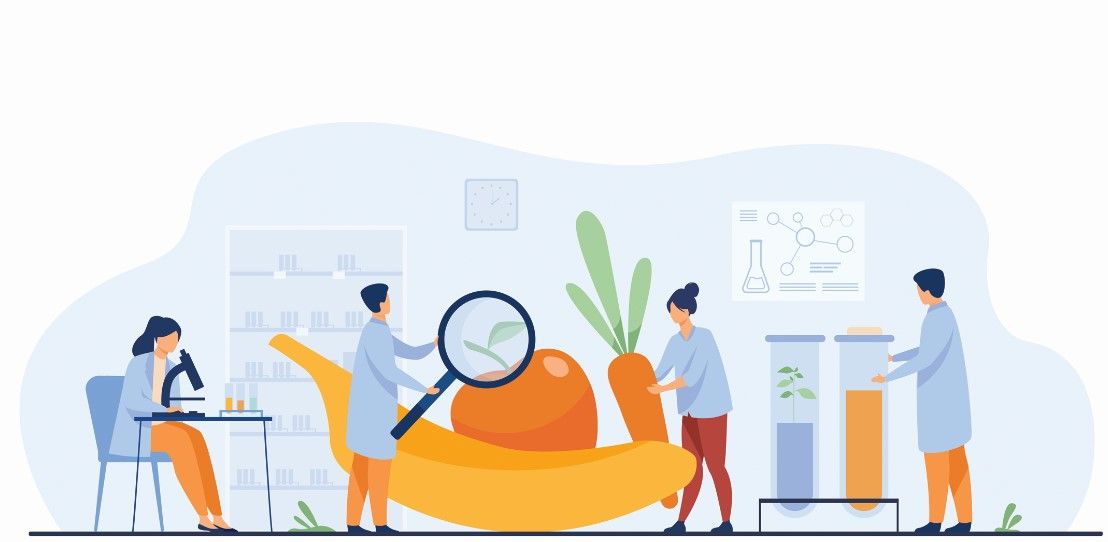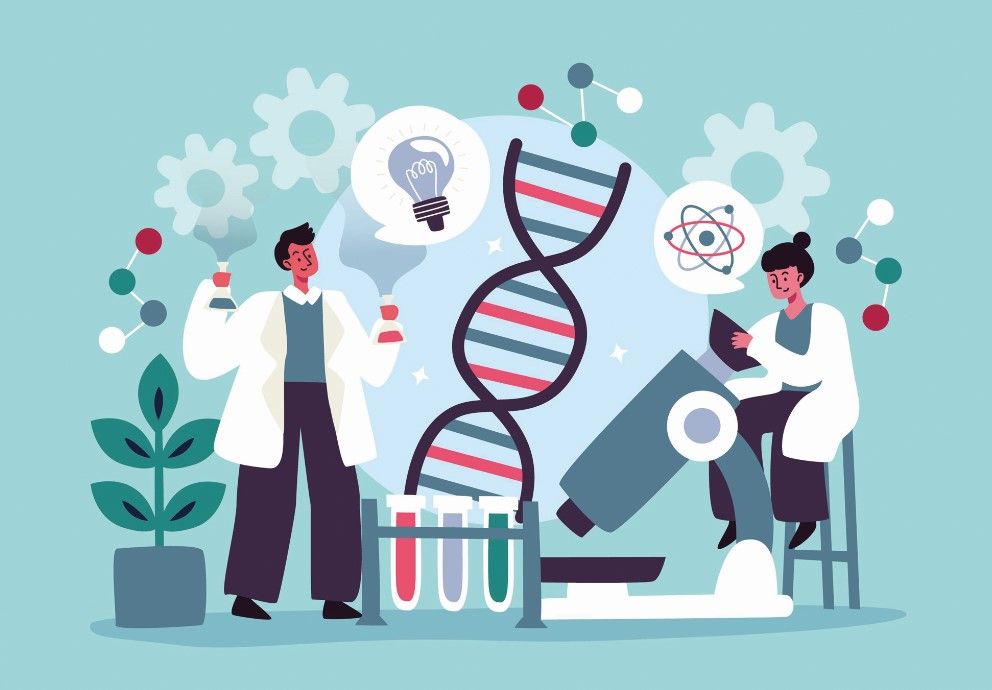GMOs are safer than you think
What role does genetic modification play in our food?
A recent court ruling against growing two genetically modified organisms (GMOs) in our country, specifically BT eggplant and golden rice, once again highlighted the disconnect between science and public perception in our country.
GMOs refer to organisms which have had their genome (usually made up of DNA) manipulated to add a desirable trait or to give them an advantage. Genetic modification of plants and animals by cross-breeding has been going on for centuries and is responsible for many of today’s animal breeds and plant varieties.

Selective cross-fertilization of food crops by farmers has given us red tomatoes, seedless grapes, bananas, and all sorts of potato types. Careful breeding of animals with desirable traits has given us Wagyu cattle, Angus beef, broiler chickens, and pink pigs. While modern GMOs use powerful molecular biology tools to alter or add to the genome of a plant or animal, the concept of modifying genetic material through selective breeding has been around and practiced for thousands of years. The process takes advantage of the inherent diversity that is part of evolution and the emergence of advantageous traits occurs in the context of natural selection.
Genetic modification using state-of-the-art tools mimics the natural process but makes it much more efficient and predictable. While hundreds or thousands of crossbreeding events may be necessary to produce a specific set of traits, the use of molecular tools can produce the desired effect in one or two generations. There are many ways to tweak the genome of a bacterium, plant or animal. Among the earliest methods used was to employ viruses which naturally insert their own genetic material into the cell. By hijacking the machinery of a virus, desired genes can be inserted into organisms that then express the desired trait. Other ways to insert genetic material into host organisms employ bacterial plasmids (short circular chains of DNA containing the desired trait), as well as physical methods to introduce genetic material into a cell through chemical treatment, heating, electroporation, or particle bombardment. These methods allow exogenous or non-native DNA to enter and be expressed by the transformed organism.
Why then is there so much opposition to GMOs? Most of these objections are due to misconceptions on the safety of the genetic modification process. Similar to the rise of the antivaccine movement where pseudoscientific concepts have taken root despite demonstrably false arguments, many of the more outlandish issues raised against GMOs do not stand up to rigid scientific scrutiny. Perhaps many people became fearful of GMOs because of the movie Jurassic Park, where rogue scientists resurrected dinosaurs from dinosaur blood from a mosquito trapped in amber. The whole movie became a cautionary tale of what happens when scientists tamper with nature. However, the premise of the entire movie is science fiction, and there is no way DNA from 65 million years ago would have survived intact enough to tell us the genetic makeup of dinosaurs. DNA has a half-life of 521 years, and by 6.8 million years, almost every single base of DNA is gone. Moreover, the scientific community self-polices itself very stringently, and rogue scientists are usually denounced and have their funding removed.

In reality, GMOs are typically modified using existing genes of other organisms which do not have any toxicity to humans. For instance, one of the first GMOs that was successfully used in medicine was the insertion of the human insulin gene into the bacterium Escherichia coli (E. coli). This enabled scientists to produce recombinant insulin which is purer and faster to make than insulin from animal extracts. Before the invention of recombinant insulin from E. coli, animal insulin was used to treat diabetics. Animal insulin was sourced from the pancreas of many butchered cows which could harbor all sorts of zoonotic illnesses. In addition, animal insulin was slightly different from human insulin which could cause allergic reactions or unpredictable responses since each batch of insulin could have different amounts of active ingredients and impurities. Recombinant insulin has revolutionized the treatment of diabetes and has saved millions of lives.
In the case of golden rice, the rice genome has been modified so that it makes beta-carotene. It’s an important precursor of vitamin A. The genes in question are sourced from daffodils, which make a lot of beta-carotene. The intention was to produce a variety of rice that was also a good source of vitamin A since vitamin A deficiency could cause blindness and, in severe cases, death. Vitamin A deficiency kills up to 250,000 children annually, mostly in resource-limited settings in sub-Saharan Africa and South Asia. The whole point of the invention of golden rice was to decrease these cases of blindness and death in the poorest regions of the world. Both the US FDA and Health Canada (the equivalent of the Canadian FDA) have approved golden rice since 2018 and have declared it fit for consumption. It is unlikely that golden rice will adversely affect the health of people consuming it since the only added component is beta-carotene which is found in most foods. To further test this hypothesis, scientists observed allergy rates to golden rice versus non-GMO rice and did not find any significant difference in safety.

Bt eggplant on the other hand uses the gene of a harmless soil bacteria called Bacillus thuringiensis (hence the Bt name) to produce a protein that makes eggplant resistant to a very destructive pest known as the eggplant fruit and shoot borer (EFSB). EFSB can destroy up to 73 percent of eggplant crops and control of this pest requires costly and harmful pesticides. The Bt protein has been proven to be safe in humans, farm animals, and non-target insects and there are no known adverse reactions to the consumption of Bt eggplant compared to non-Bt eggplant. Prohibiting the use of this GMO will result in increased pesticide use and lower yield of crops, translating to higher costs and more environmental hazards to farmers.
One valid concern regarding GMOs is the possibility of a negative impact on the diversity of native strains of plants. However, this is the same issue encountered with the widespread cultivation of non-GMO food crops that have been developed through selective breeding. Using the same plant strains over and over again, whether GMOs or native strains, decreases genetic diversity and leads to vulnerability to disease which could wipe out large tracts of cultivated plants of the same variety.
There is no certainty in science, and the scientific method is constantly refining and searching for answers. In most cases, the best we can do is to determine that a technology is reasonably safe. It is particularly useful when the technology decreases harm and increases benefits compared to not using it.
Both golden rice and Bt eggplant easily pass these tests and it would actually be more harmful to ban them.